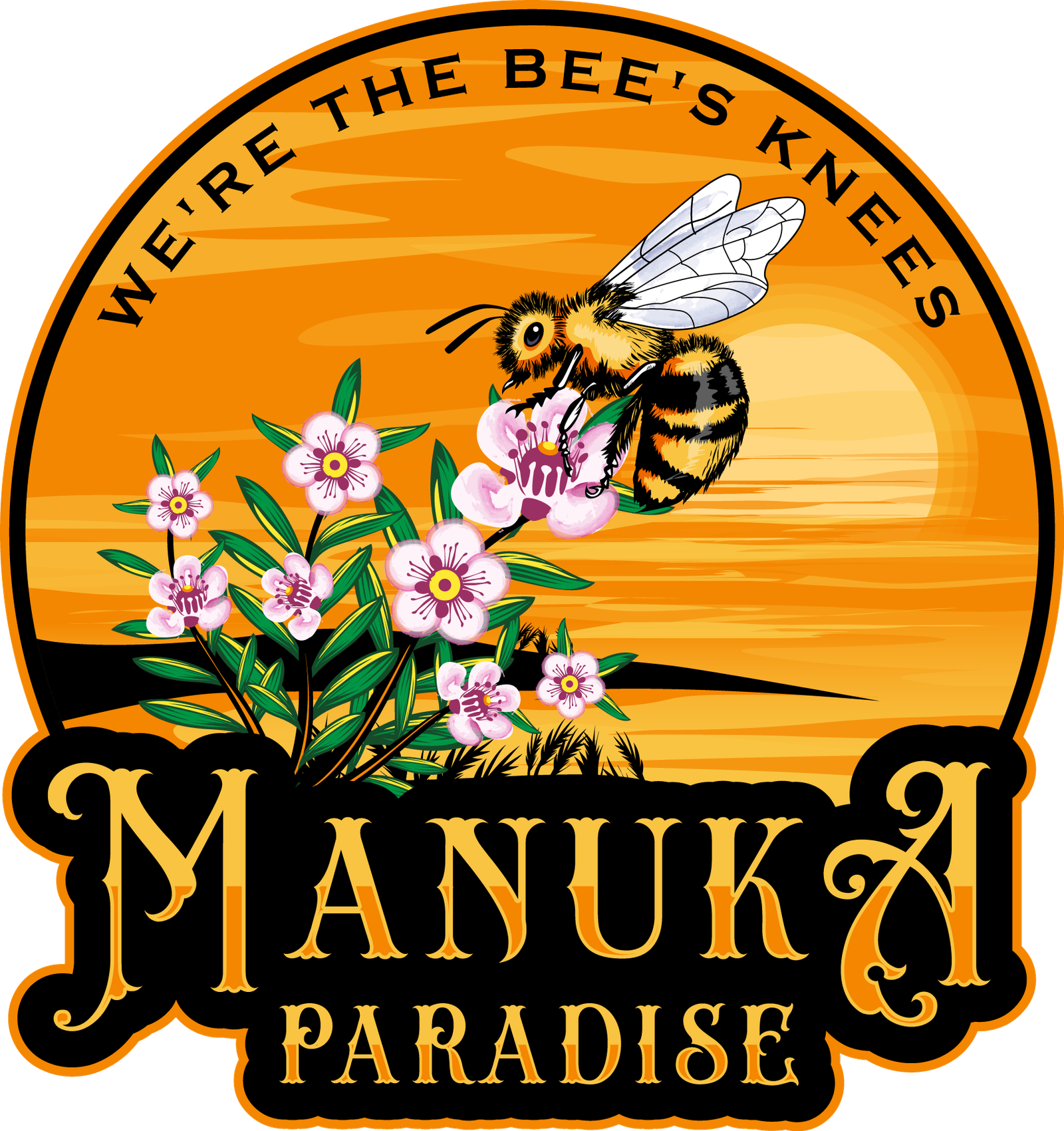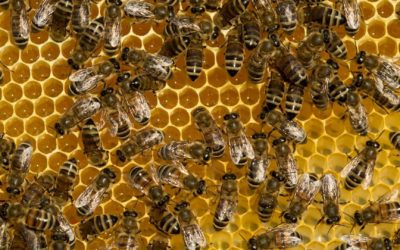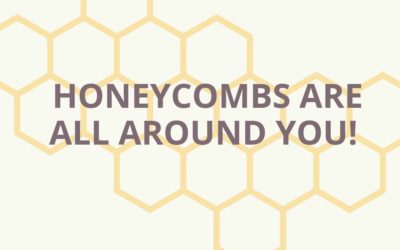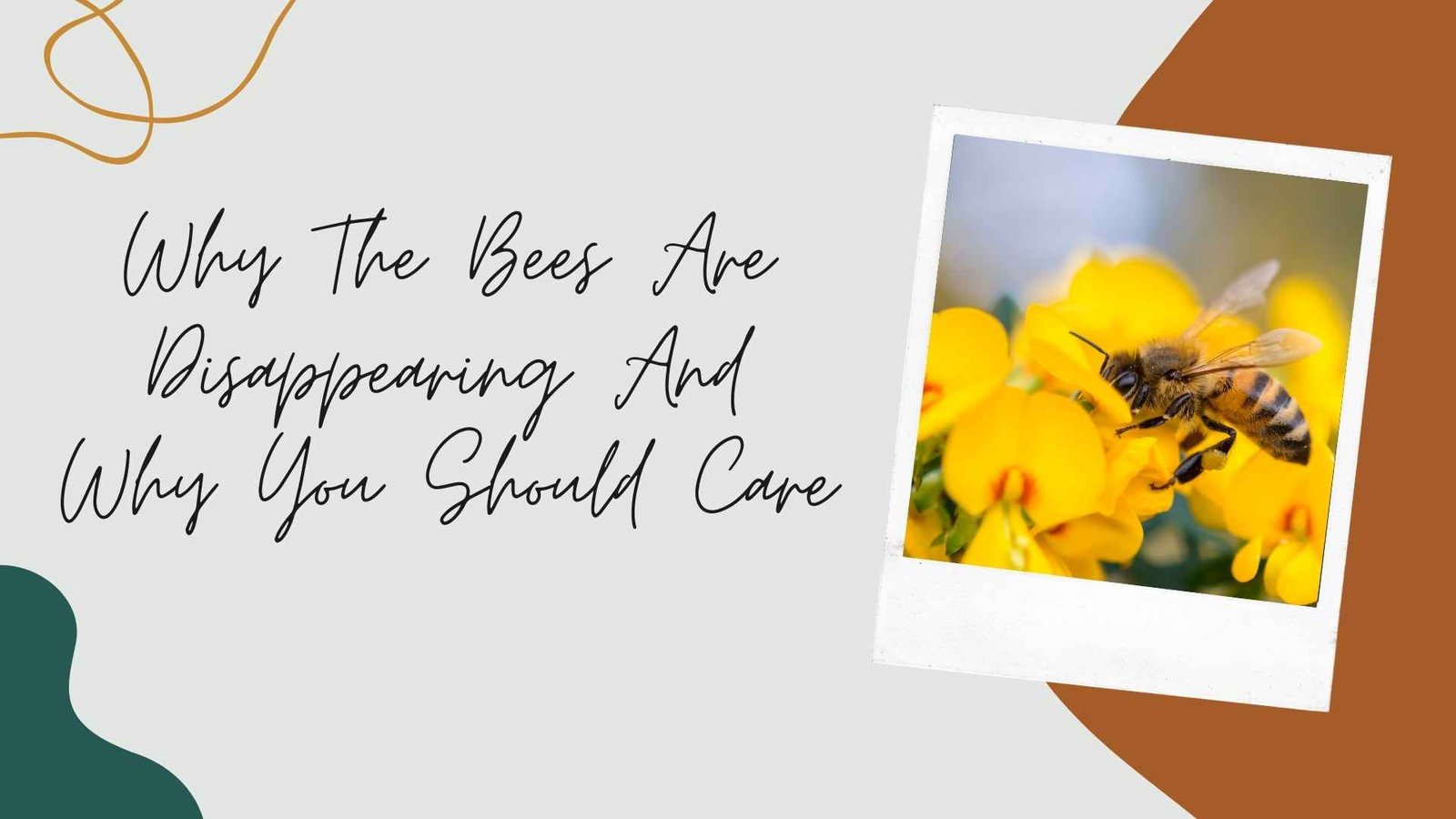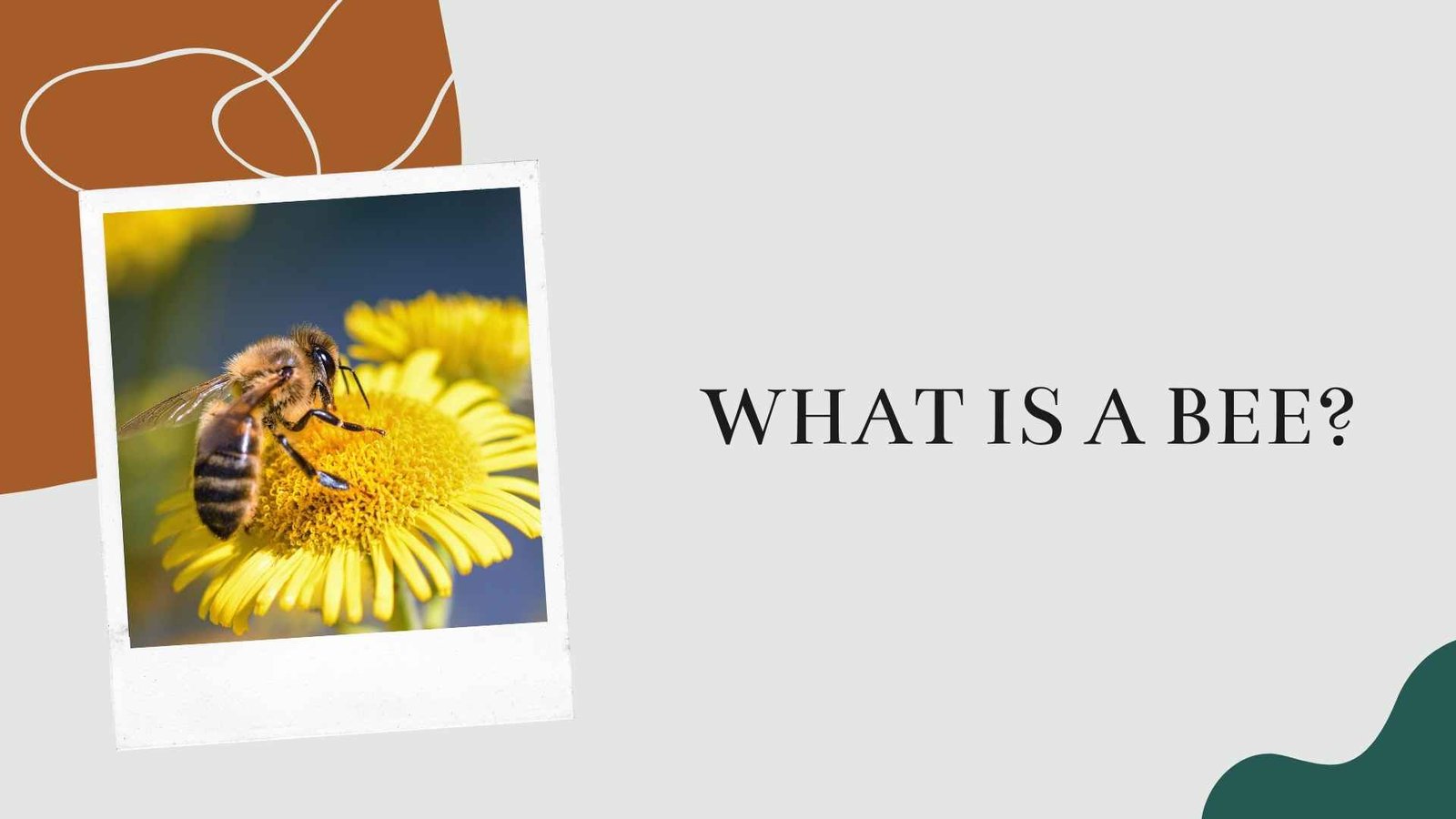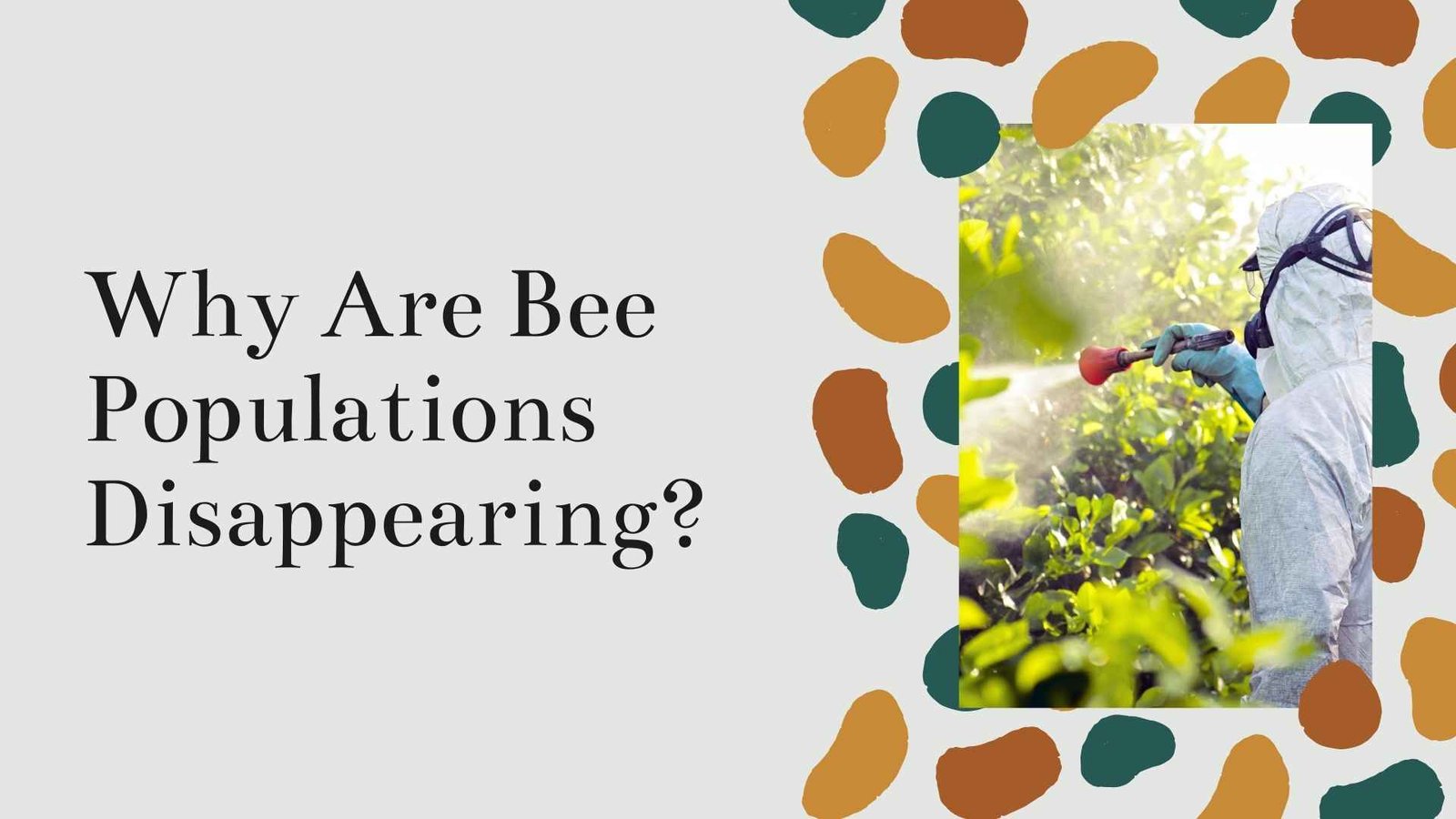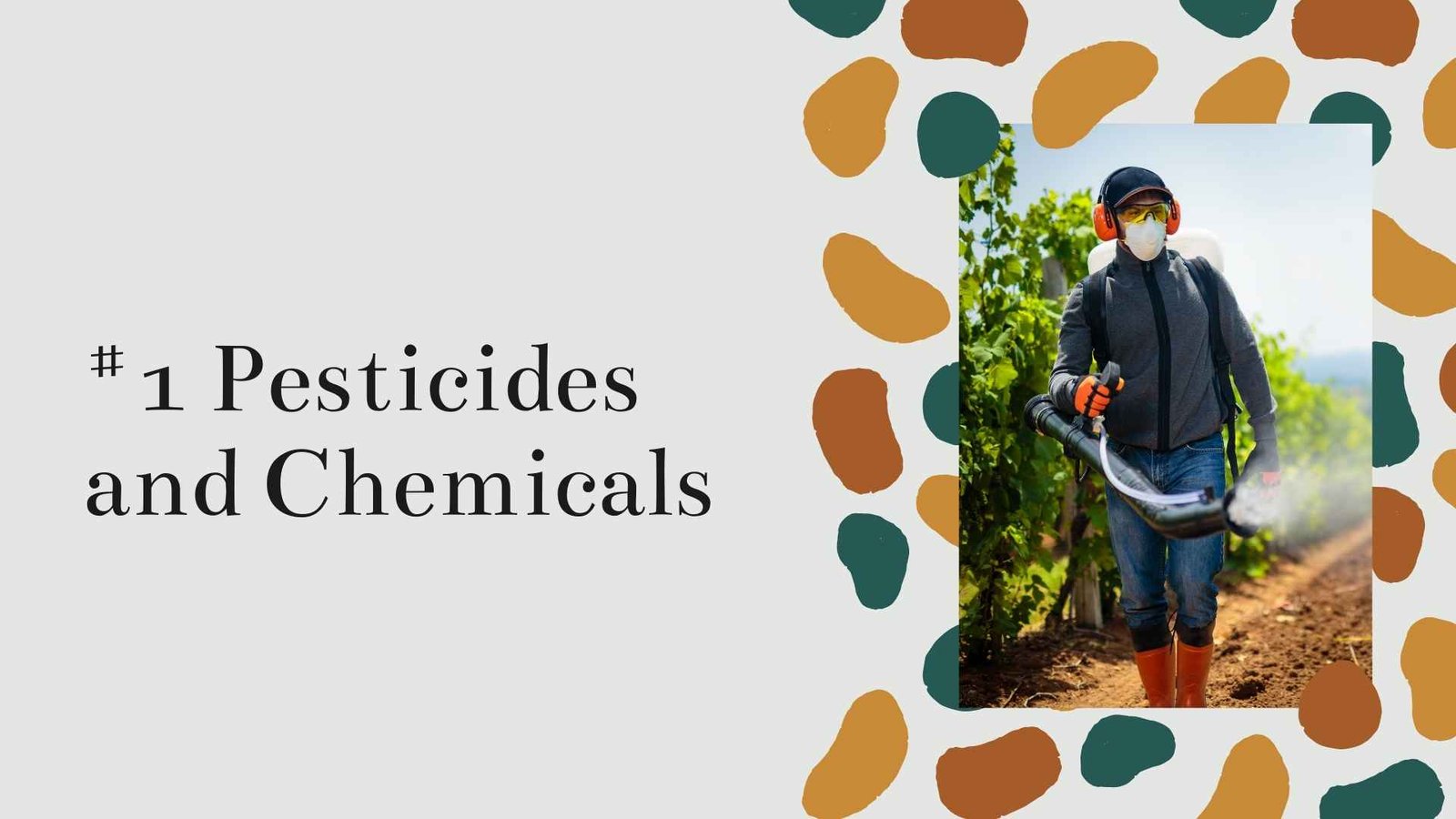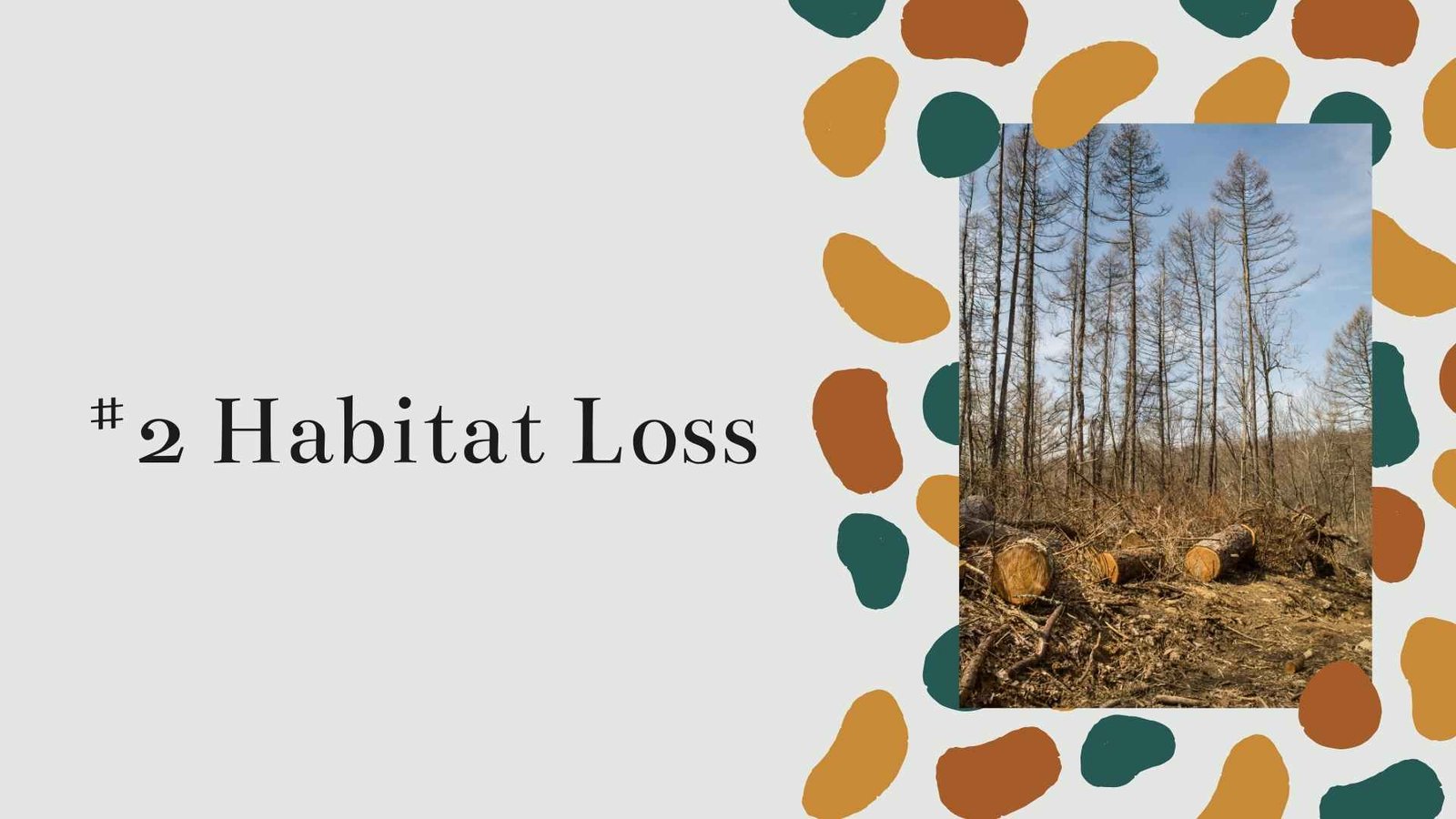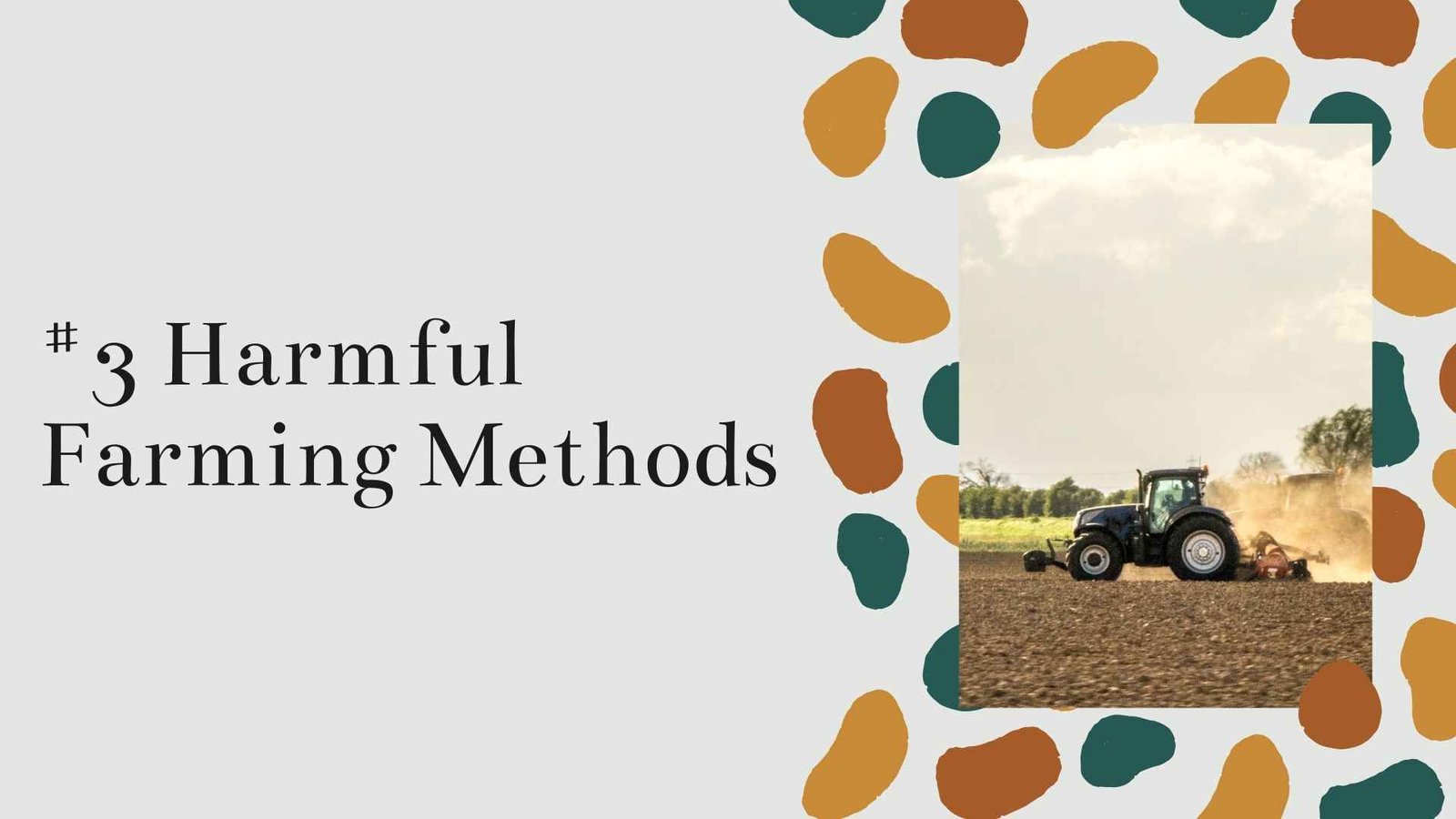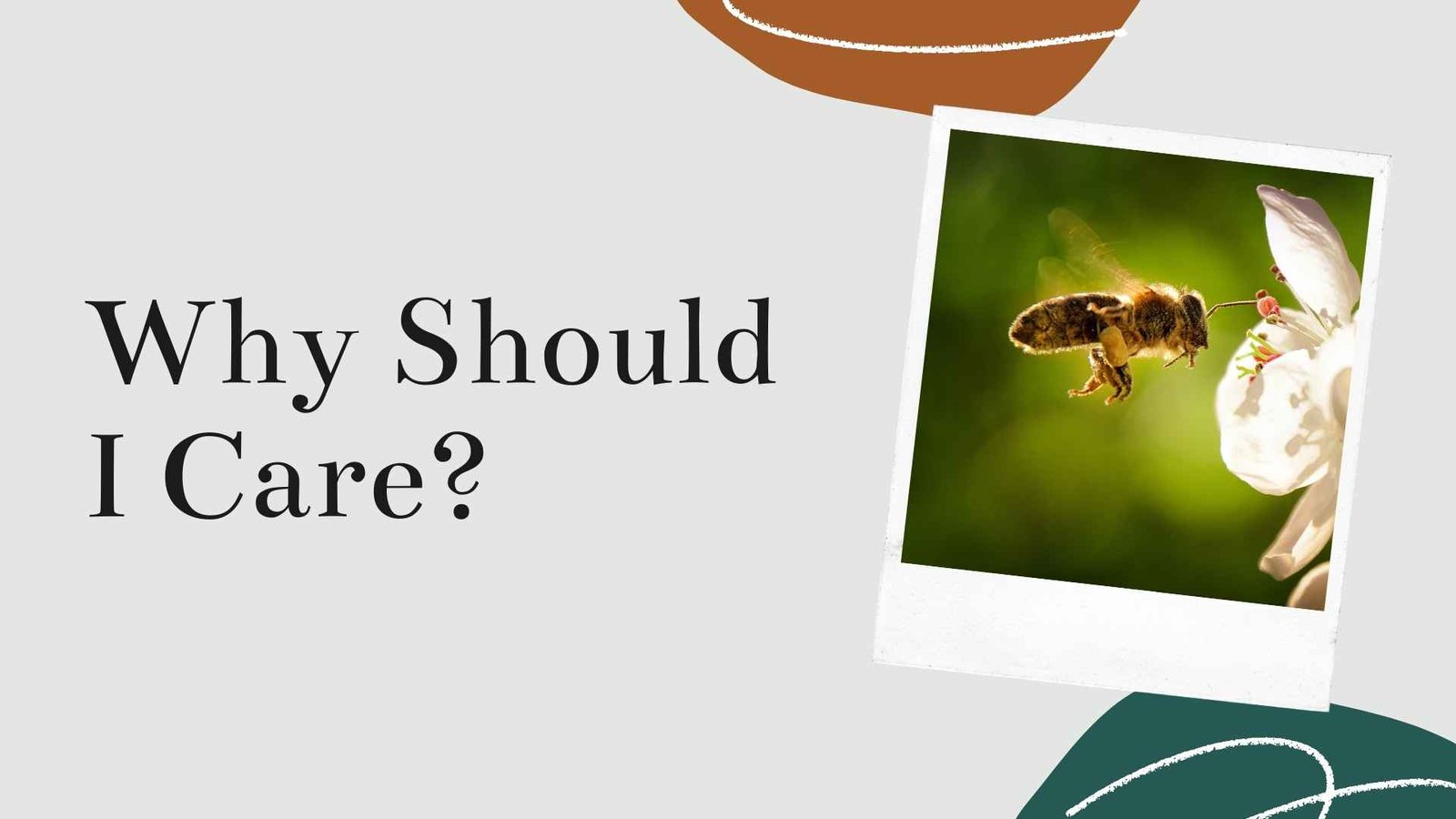Bees Are Often Misunderstood
Some might consider the bee to be a dangerous insect, preferring instead to avoid this striped, yellow insect at all cost. However, the bee plays a crucial role in ensuring that we humans have enough food to sustain us daily. What has the bee got to do with our food? Are bee populations really declining? Why should I care? Discover the answers to these questions in this article.
What Is A Bee?
The bee is a member of the Apidea family, closely related to ants and wasps. They are flying insects that collect nectar and pollen. There are many different types of bees, possibly over 20 000 different species! There are many differences between the various species, some can sting and others can’t. Some don’t even make honey! The most well-known species is the western honey bee (Apis mellifera), which has been domesticated for honey production and crop pollination. Honeybees are social insects that live in colonies, with various roles being assigned to each bee.
Why Are Bee Populations Disappearing?
In the past 10 years, beekeepers, primarily in the United States and Europe, have reported annual hive losses of 30% or higher. In 2006, David Hackenberg — a beekeeper for 42 years — reported a 90 percent die-off among his 3,000 hives. Experts have deemed the rate of hive loss is significantly high and is not a sustainable rate. Hive collapse and death rates of bees may be complicated, but there are a few key reasons why their numbers are dropping so severely. According to Greenpeace, many of the factors contributing to bee decline are human-induced. Examples include pesticides, drought, habitat destruction, air pollution, and global warming, amongst others. The two most severe are pesticides and habitat loss.
Biologists have found that more than 150 different chemical residues in bee pollen, the result of various pesticides being sprayed over large swathes of land. These pesticides can be incredibly harmful and deadly to bees, exacerbating the already rapid decline of bee populations.
Habitat loss for bees is also severe. As more agribusinesses convert previously untouched forests and grasslands into farms for agriculture, hives are susceptible to damage. Since the Second World War, the world has lost about 97% of wildflower meadows for bees to forage. Furthermore, bees have lesser areas to forage for the pollen and nectar they need. Any remaining hives are also likely to be contaminated with pesticides.
Modern intensive farming methods have resulted in the loss of traditional hay and flower meadows, hedgerows, trees, and other habitats such as ponds and water meadows.
Why Should I Care?
The director-general of the Food and Agriculture Organization of the United Nations even stressed that “The absence of bees and other pollinators would wipe out coffee, apples, almonds, tomatoes, and cocoa to name just a few of the crops that rely on pollination. Countries need to shift to more pollinator-friendly and sustainable food policies and systems.” Indeed, many of the world’s crops heavily rely on honeybees and wild bees for the population. In the U.S., the production of crops that depend on pollinators generates more than $50 billion a year. According to Professor Winfree at Rutgers University, many crops are pollination-limited, meaning crop production would be higher if crop flowers received more pollination. By increasing the number of bees, crops would most likely see immediate changes in crop yields.
If bee populations continue to decline, food prices can rise as crop yield drops. High bee losses year after year could lead to fewer beekeepers, and rental prices per bee colony could increase dramatically, Williams said. Some examples of crops that will see a price increase include almonds. Without honey bees, almonds would be unable to reproduce at all. To date, the cost of bee colony rentals by almond producers has not yet affected consumer prices. However, such costs could likely trickle down.
What Can We Do?
To protect bee populations, there are a few things that should be done.
- Banning of harmful. If pesticides are causing the death of bees, the easiest way to allow their numbers to bounce back would be to ban the pesticides that could harm them. Legislators have recognized the importance of this. In 2013, the European Commission (EC) said it intended to impose a two-year ban on a class of pesticides known as neonicotinoids, now the world’s most widely used type of insecticide. Neonicotinoids are one of the leading suspected causes of colony collapse disorder, and the European Commission announced its controversial decision three months after the European Food Safety Agency concluded that the pesticides represented a “high acute risk” to honeybees and other pollinators.
- Preserve wild habitats. This begins with relooking current agriculture and farming methods and trying to adapt them in a way that allows natural environments to continue to thrive. One such example is ecological farming, which resists insect damage by avoiding large monocrops and preserving ecosystem diversity. Ecological farming restores soil nutrients with natural composting systems, avoids soil loss from wind and water erosion, and avoids pesticides and chemical fertilizers.
Conclusion
Indeed, the situation is dire. However, there is hope. To continue to preserve bee populations, it is imperative that we become more conscious of how we procure our foods. One way to make an immediate change is to only purchase foods that consider their environmental impact. Our Manuka honey is an excellent example. Purchase some today!
